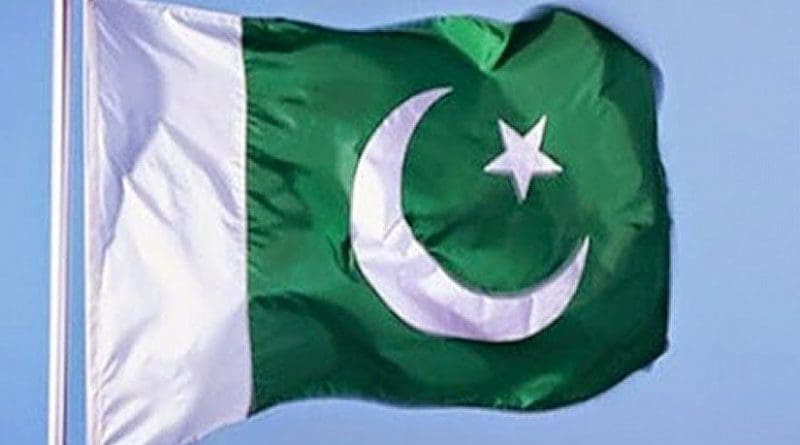Pakistan’s Cumulative Causation Problem – OpEd
By Faiza Habib
There is a strong link between politics and economics and a distinct field of global political economy exists to deal with the interplay of both arenas. However, the order of precedence keeps changing, mostly the change flows from politics to economics but recently economics has assumed a central role. Unfortunately, Pakistan remained mired in political crises since independence and these alternating cycles of political instability and uncertainty have done serious harm to its economy which is why it is still struggling to stay afloat with dwindling foreign reserves.
Recently, the political situation flared up after opposition moved a vote of no-confidence against the former Prime Minister Imran Khan on 9th March 2022. He failed to garner support of the house and consequently removed from the office after days of constitutional crisis. The ruling party, Pakistan Tehreek-e-Insaf (PTI) desperately tried to circumvent the no confidence vote and in the last move the National Assembly deputy speaker of the ruling party invoked article 5 of the constitution to dismiss the no confidence vote. However, this constitutional maneuver failed to yield the intended outcome after the Supreme Court intervened. Since then, the mantra of a regime change is being pushed through electronic and digital media to extract political mileage from the rampant anti-Americanism in Pakistan.
Imran Khan became the first Pakistani prime minister removed through a vote of no confidence in the parliament. While it should be seen as a positive development in a parliamentary democracy, the following uncertainty and dissonance in the country’s politics added to the challenges of the new government. The global supply chains disruption due to covid, rising inflation, and the ongoing Russia-Ukraine war has put additional strain on the struggling economies including Pakistan.
The double-digit inflation has already upset the household income expenditures of the lower and middle classes of the country. Rising inflation has severely curtailed the purchasing power of majority and increasing fuel prices has further exacerbated the woes of lower and middle classes. Another problem is the weak national industrial base which is why the industrial growth rate is 1.7% further curtailing employment opportunities and the power blackouts are causing 3-4% economic loss every year.
Political instability also taints the prospects of foreign investments because businesses are inherently risk aversive and capital flees from states prone to instability. Recently, dried up foreign reserves and a balance of payment crisis amid political chaos almost took the country to the verge of default. A course correction is therefore an imperative, the nonproductive defense budget should be immediately cut to divert funds to more productive sectors of the economy. Defense spending is necessary, but it can counter only one type of adversity, hostility from adversaries. However, defense spending can not fight other adversities including hunger, poverty, and diseases. The recent concerns regarding Pakistan defaulting on its debt were genuine and there was a serious risk of facing a Sri Lanka moment. However, the severity of an economic crisis will be greater for Pakistan given its 250 million population as compared to Sri Lanka’s 25 million.
The Swedish economist Gunnar Myrdal had proposed the theory of cumulative causation in his book ‘An American Dilemma’ to explain the worsening living standard of black population in the U.S. However, this concept offers an alternative lens to look at Pakistan’s compounding problems. Myrdal had argued that cumulative causation was a self-reinforcing process triggered by a stimulus. Due to the self-reinforcing nature of determinants the initial stimulus pushed all significant determinants of a system into a perpetual spiral of adversity coming out of which was very difficult. Myrdal’s view was a rebuttal of the ‘equilibrium school’ and questioned the self- stabilizing mechanism of the system and discussed how disparity compounded by the muting of ‘catch-up’ effect. This conflation of ominous factors is evident in the case of Pakistan where political instability stymies economic development and economic woes in turn dents the credibility of governments. Pakistan needs a reset at too many levels but the most important one is to do away with its political instability without which a vibrant and booming economy will remain a dream.
* Faiza Habib studies political science at the International Islamic University, Islamabad. Her areas of interest include politics of South Asia and political history of Pakistan.


The article is almost true.To overcome the flight of the common people and to boost the overall economy of the country the defense budget must be curtail.This is the only solution.
Politics and economics are over linked and this article clearly explains the inflation in economics due to political crisis.